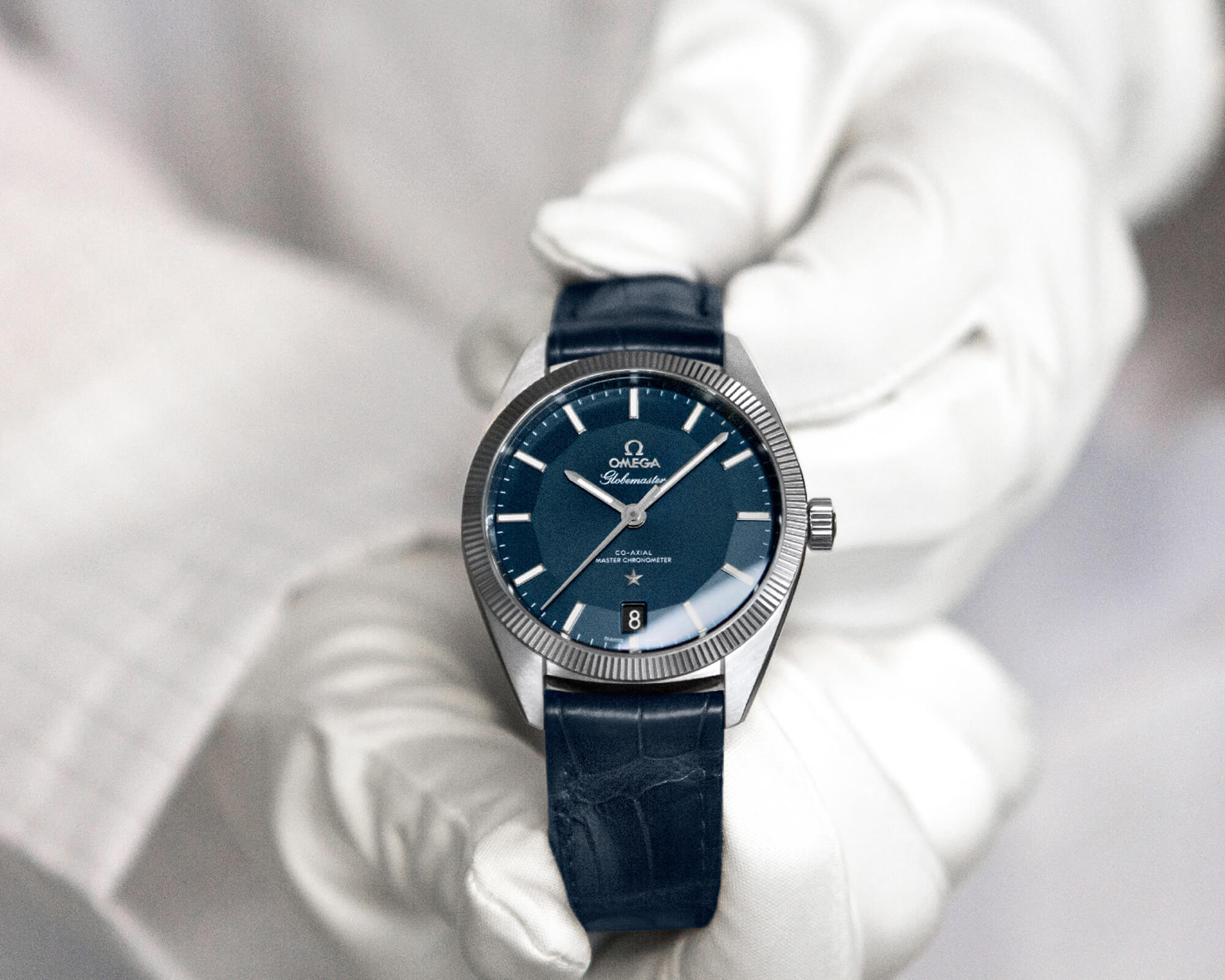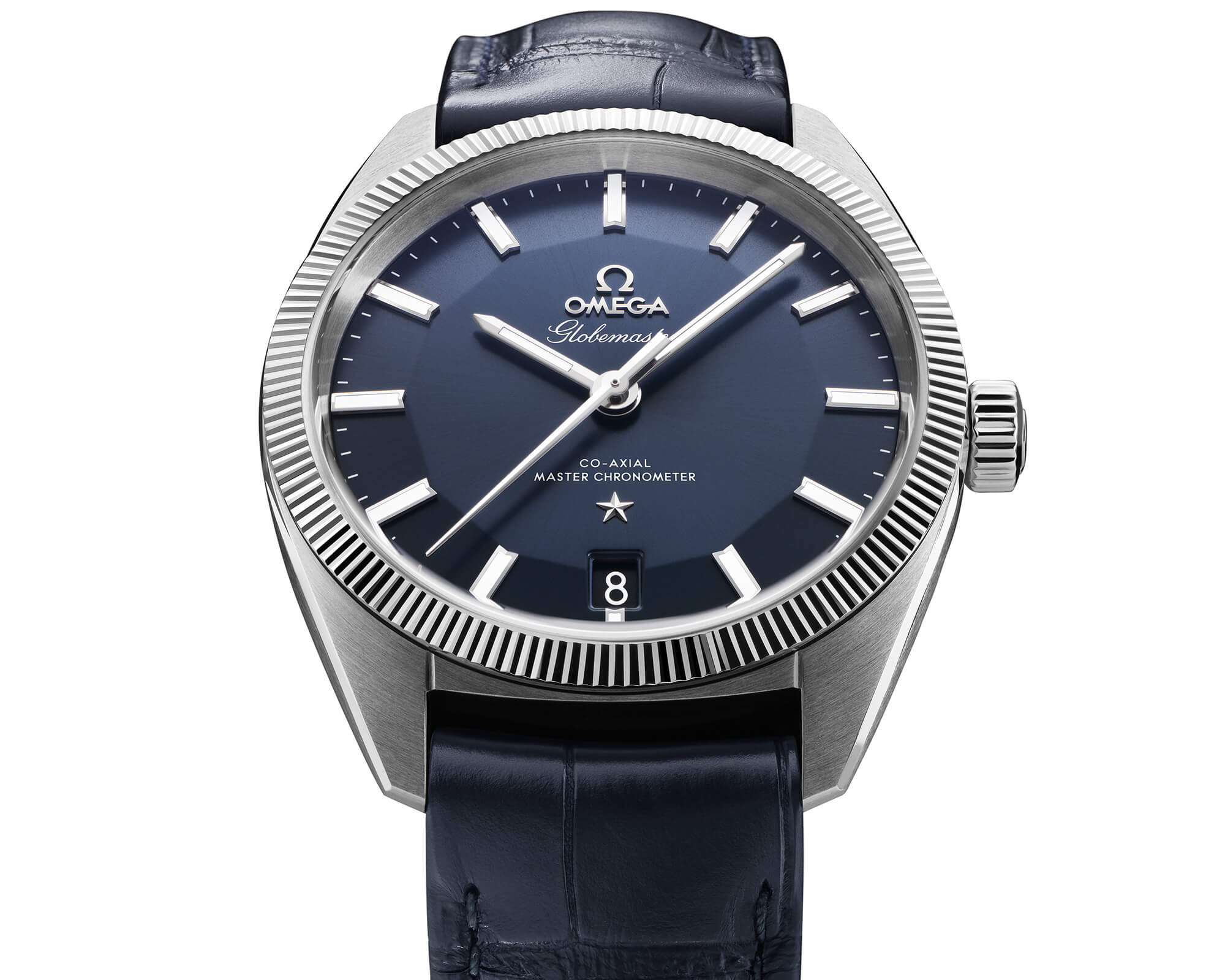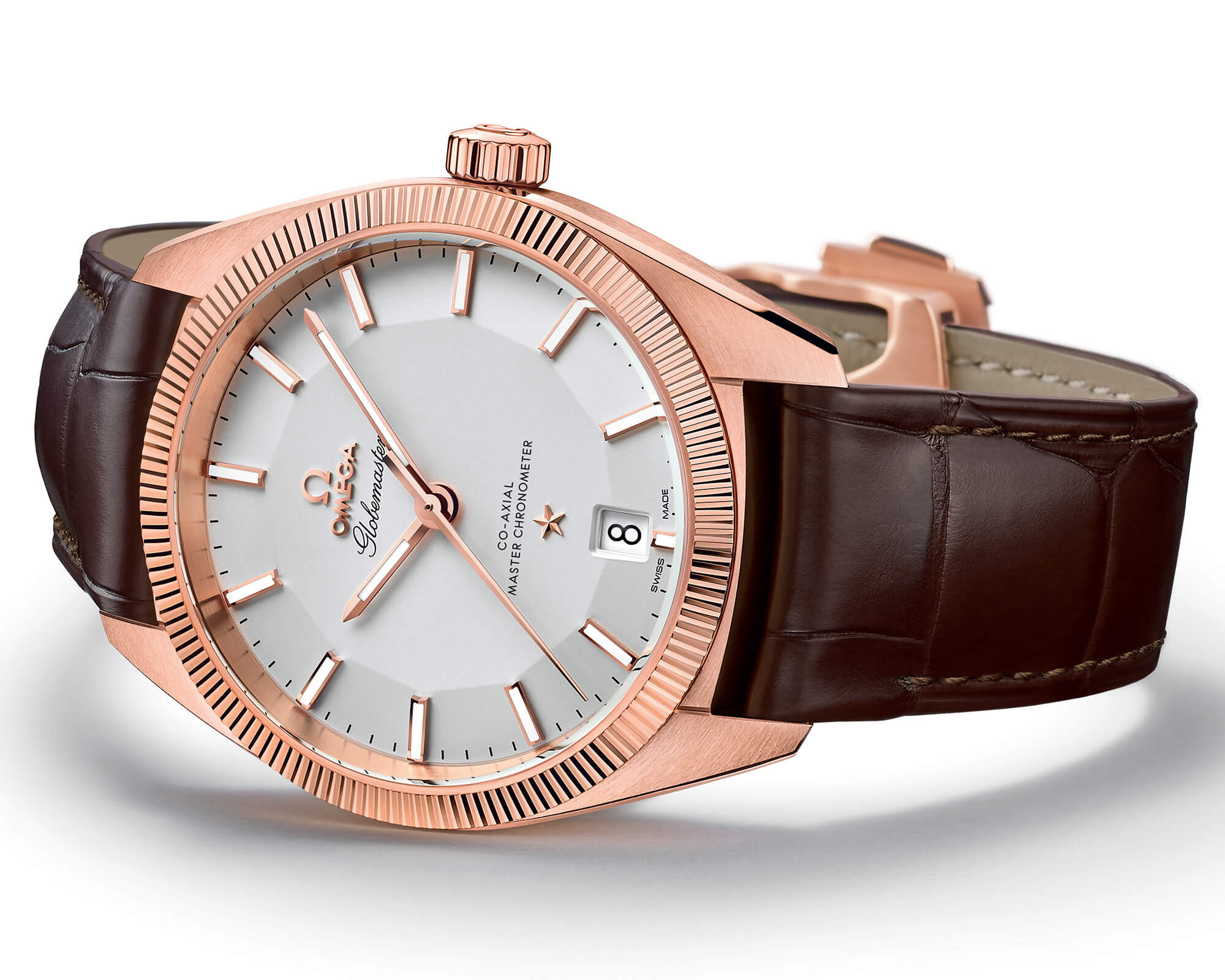It has taken Omega less than a year to come up with the goods. Shortly before Christmas 2014, the Swatch Group firm convened a last-minute press conference, shaking up the normally quiet end-of-year period with the announcement that it was preparing to launch a new certification. Nor was this one of those labels, dreamed up within a brand’s own four walls, whose value, given the lack of validation by a neutral body, ultimately depends on the consumer’s good will. Instead Omega was presenting a completely new benchmark developed in partnership with METAS, the Federal Institute of Metrology, an independent body that answers directly to the Swiss Confederation.
As a government agency, part of METAS’ mandate is to “ensure the availability in Switzerland of measurement and testing facilities with the degree of accuracy needed to meet the requirements of the economy, research and administration.” This is precisely what is has done with Omega for the development of this new Master Chronometer rating, which is open to the entire watch industry. Some ten months after alerting the horological community to its existence, and after the unveiling at Baselworld of the prototype Globemasters that will take this new standard out into the world, Omega’s executive hosted a press conference in Biel to show off the very first watch in a range that will hit the markets at the beginning of November.
A question of trust
“It’s important that a brand has beautiful products to sell,” declared Swatch Group CEO Nick Hayek at the presentation of this inaugural Globemaster. “However, as the business with VW reminds us, trust is even more important. This was brought home to me during a recent visit to China, where watch enthusiasts are extremely receptive to the quality of Swiss watches, which they believe to be the best in terms of precision. This is exactly what we are aiming for with this new certification: to provide the best and to go a step further in a completely transparent way thanks to a process that has been validated by a competent and neutral body. By remaining at the forefront of innovation, we are able to show consumers they are right to trust the Swiss watch industry. And innovation also means job creation.”
Omega has certainly set the bar high with this Master Chronometer certification. Its major feature is that it applies to watches that withstand magnetic fields of 15,000 gauss, although its practical applications are much vaster. Indeed, given that only an MRI scanner produces a magnetic field of this magnitude, there is little to no chance that during its ordinary working life a watch will ever be subjected to such levels of exposure, likely to affect its proper running. Even so, thanks to the use of non-ferrous materials such as silicon and Nivagauss, Omega’s proprietary alloy, and thanks also to LIGA technology (lithography, electroplating, moulding), the Globemaster’s Calibre 8900 has successfully completed testing at these levels. Omega first took up the cause in 2013, when it presented Calibre 8500, the movement that equips its Seamaster Aqua Terra >15000 Gauss. This would lay the foundations for Master Chronometer certification, the culmination of a process launched in 2007 when Omega began industrial production of its signature Co-Axial escapement movement.
Strong potential
In practical terms, these Globemaster watches are put through the equivalent of horological boot camp. Firstly, movements must pass the fifteen-day test regimen put in place by the Contrôle Officiel Suisse des Chronomètres (COSC). Omega then takes over and submits the finished watches to a new battery of tests over ten days, beginning with exposure to those famous 15,000 gauss. Precision is measured in six positions including at one-third of power reserve. Water-resistance is verified as are the 60 hours of autonomy. To earn Master Chronometer certification, results must fall within a tolerance of 0 to +5 seconds/day; this is twice as strict as COSC standards which allow a discrepancy of -4 to +6 seconds/day. Each Master Chronometer watch is individually tested by METAS, which has a laboratory inside Omega’s headquarters and which reserves the right to intervene at any point during testing to carry out is own controls on a sample of watches.
“Why 15,000 gauss? asked Nick Hayek. “Because we can, and because the Swiss watch industry must rise to these challenges. We’ve been successful on this count so why not others? Take research into silicon for example, we didn’t do it all by ourselves. I can’t overemphasise that this certification is open to everyone and is completely transparent. At the end of the day, the consumer will decide what value he or she gives to a certification which, incidentally, has absolutely no impact on prices.” Omega clearly has no doubts about its potential. Come 2020, 80% of its production will be Master Chronometer certified.

















